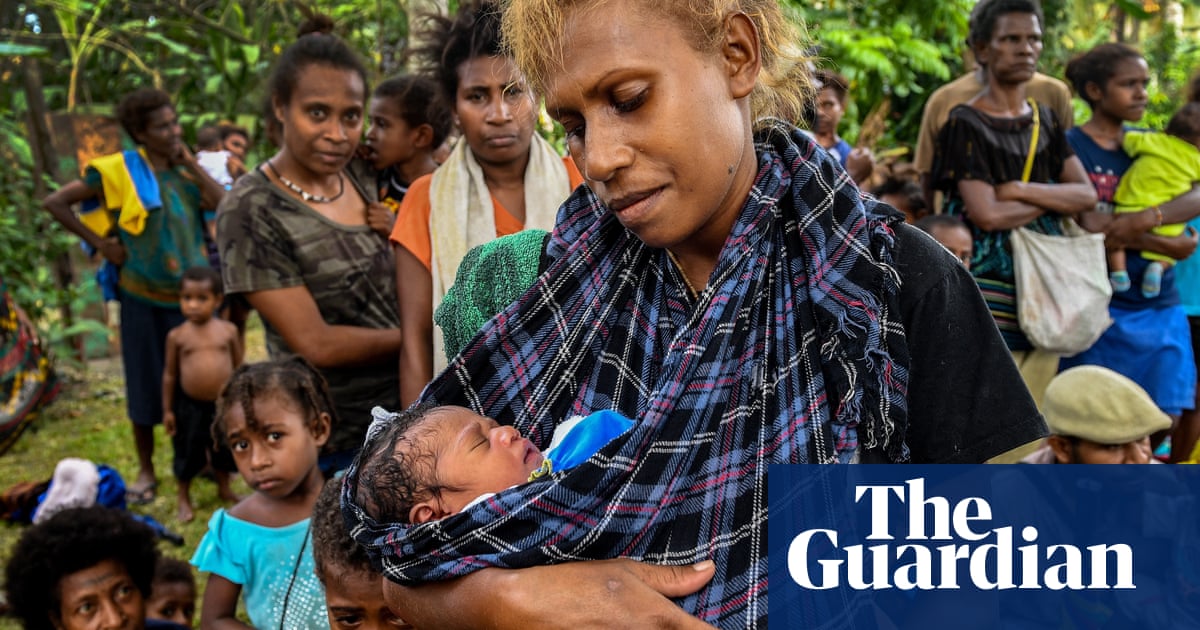In a tin mine in a Kigali suburb, just 20 minutes’ drive from the heart of the Rwandan capital, the sounds of chittering and fluttering come from behind a padlocked door. It bears a sign: “Beware of the bat.”
The 10,000-strong bat colony in this tunnel harbours a deadly virus, and last year workers carried it out along with the rocks they mined.
Marburg virus disease killed 15 Rwandans in September and October 2024, infecting 51 more, and prompting international alerts.
Although the outbreak was declared over in December, Kigali hospitals still have posters on the walls alerting staff and patients to signs and symptoms. And in the mine, the padlocked door represents the first line of defence against another “spillover event” from bats to humans.
The source of Rwanda’s first Marburg outbreak was unclear at first. Officials knew only that patients in Kigali’s main hospitals were falling ill with worrying symptoms and dying, followed by the staff who had cared for them.
The symptoms of Marburg include fever, rash, chills, head and muscle aches, nausea, vomiting and diarrhoea. It can progress to severe and fatal bleeding, but the symptom list overlaps with those of other diseases, including the malaria endemic to the region.

When laboratory tests confirmed Marburg as the culprit, an outbreak was formally declared on 27 September and public health experts swung into action. A team of clinicians and epidemiologists went back over more than 120 medical charts.
“They ended up identifying one suspicious case, a 25-year-old female, who was admitted [to an intensive care unit] during the end of August, and who presented with symptoms that are similar to Marburg virus,” says Dr Edson Rwagasore, head of public health surveillance and emergency preparedness and response at the Rwanda Biomedical Center (RBC).
That patient had died – but further investigations revealed that her husband, a 27-year-old miner at the Gamico Mining Ltd site on the western outskirts of Kigali, had been ill at around the same time.
“We later identified that tunnel 12, where he actually worked, had bats roosting within that tunnel,” says Rwagasore. Further testing identified 14 people who worked in the tunnel with antibodies to Marburg – suggesting previous infection with the virus.
It all pointed to this specific site as the initial source of the outbreak, says Rwagasore, speaking at a newly established health clinic at the mine in mid-February.

“The first scenario was, should we close the mining site? But closing the mining site means people will move to other sites. And then by doing that, we’ll be missing cases, we’ll be missing people who have already been exposed. And then you find yourself spreading beyond just one site,” he says.
Instead, miners were allowed to continue work and were screened for Marburg symptoms, while the RBC’s efforts to ensure no further “spillover” began.
Tunnel 12 has been all but closed – entry is only allowed for officials carrying out research and surveillance. But the rest of the site is a hive of activity.
Marburg virus is a viral haemorrhagic fever that comes from the same family of viruses as Ebola and Lassa fever. It was first identified in 1967, after European laboratory workers fell ill after handling biological material from African green monkeys, imported from Uganda.
Today, the Egyptian fruit bat – the species found in the Gamico mine – is recognised as the principal animal reservoir for Marburg and similar viruses. The bats don’t appear to get sick themselves, but can shed the virus in their urine, droppings or saliva. If humans or other animals come into contact with those, or with the bats directly, they may become infected.
In a bid to prevent fresh outbreaks, Rwanda’s health watchdog has established a new onsite clinic for any miners and their families developing certain symptoms, including fever, at the Kigali mine.
“With this kind of approach, we are assured that everyone who has symptoms will be identified as soon as possible and then linked to care,” says Rwagasore.
But the key intervention is establishing buffer zones “so the human activities are in different places compared to where bats are seen”. The same action is being taken in six other mines with similar risk profiles across the country.
After donning protective equipment including a hard hat and torch, hi-vis vest, boots and a surgical mask, Rwagasore walks down a road from the mine’s administrative buildings towards the tunnels.
after newsletter promotion

He points to a fenced-off area up a small cliff, above the road. It surrounds the opening from which bats emerge at night to forage for food, preventing human entry. It is also covered by CCTV.
Further down the road, tunnel entrances that had been used by miners until last year’s outbreak are completely bricked up.
Research on the colony’s behaviour is continuing, including plans to put GPS trackers on some of the bats later in February to study their movements. Rwagasore says experts believed they were unlikely to move to other tunnels at the mine, preferring to stay where there is “no disturbance, no noise, nor any kind of interaction”.
He also hopes it will reduce stress among the bats, “actually also linked to more shedding of the virus”. There also seems to be seasonal variation in virus shedding patterns, with more happening between August and September, and between January and March, he says.
What proportion of the bats carry the virus is also a subject of research, with samples taken weekly.
The tunnel’s only entrance for the researchers doing that work, halfway down a cliff face, is reached via a steep path from the top.
To reach the bats means going through a red, locked gate bearing a sign: “Permanently closed.”
Our headtorches pick out something on the tunnel floor – a dead bat, with flies crawling over the corpse. We are advised to step carefully around it.

Then we move along a passageway until we reach a bricked-off section with a red, padlocked door. It is briefly opened to reveal a high, craggy-ceilinged chamber full of roosting bats. One flutters away from the light.
While there is no licensed vaccine or drug treatment for Marburg, during the outbreak, Rwanda used a candidate vaccine made by the Sabin Vaccine Institute in a bid to immunise people at higher risk against the virus. It also gave hospitalised Marburg patients Gilead Science’s remdesivir, an antiviral medicine. Miners at the Gamico site – particularly those who worked in tunnel 12 – were offered the vaccine.
Previous Marburg outbreaks have had fatality rates of up to 88% and an ongoing outbreak in Tanzania has killed 10 out of 10 infected patients to date. Rwanda has been praised for keeping its death rate down to 22.7%.
However, scientists warn that similar outbreaks are becoming more frequent and more likely, due to increased contact between humans and wild animals driven by rapid urbanisation.
Looking beyond the mining site from tunnel 12’s entrance, Kigali’s red-roofed houses and their 1.7 million inhabitants spill over the hills and into the distance.

 3 months ago
63
3 months ago
63

















































